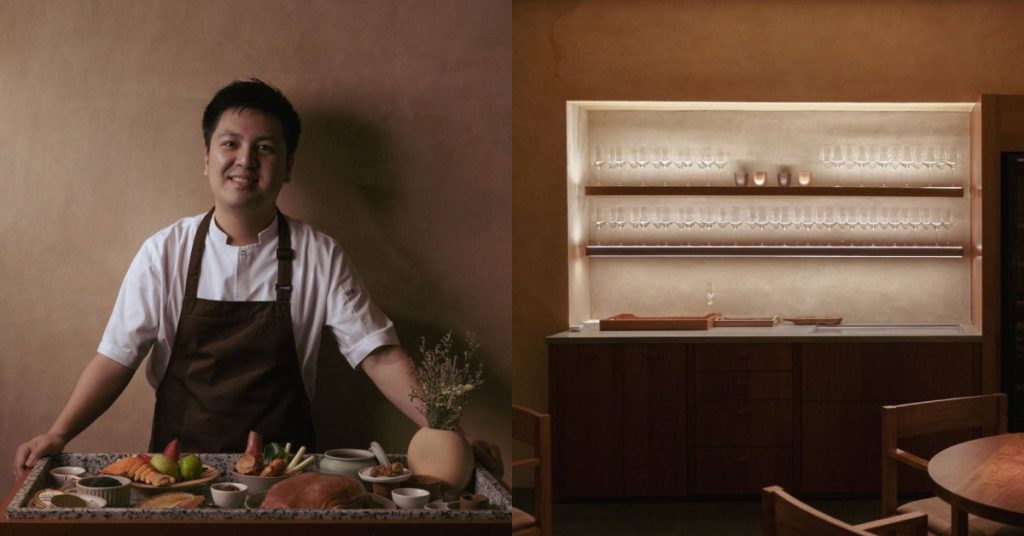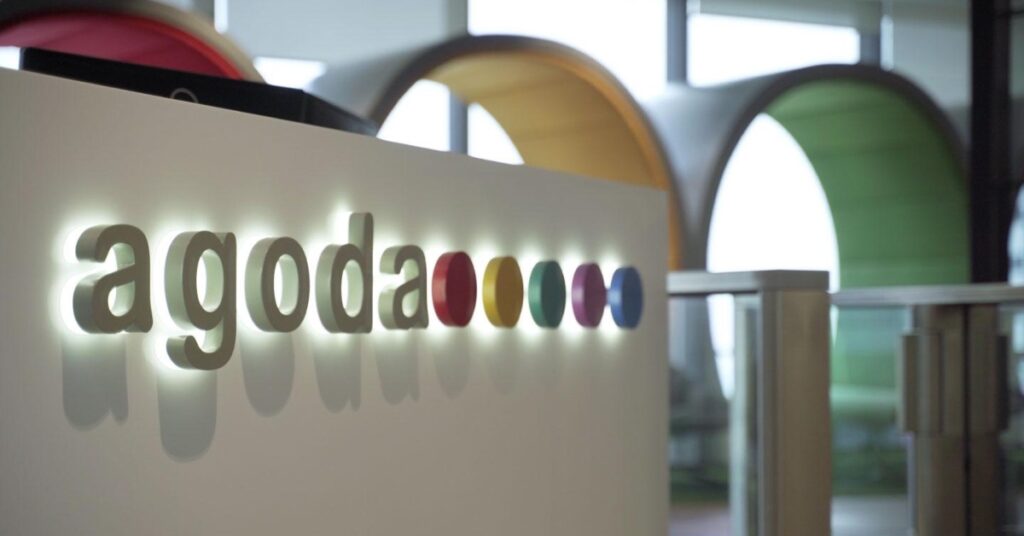The use of more advanced technology for marketing purposes, amongst others, is rapidly increasing. We’ve seen virtual reality (VR) used to set up simulated stores users can access with a scan of a QR code, and the development of interactive ads that let users go from browsing to checkout.
So it comes as no surprise that augmented reality (AR) is also becoming more common for business’ use.
Fitri Baharuddin, CEO and founder of Arleta, an AR-based company, told Vulcan Post, “In my personal opinion, AR as a technology has improved a lot since its first inception and I believe it has found its place in the market. AR is becoming a need rather than a simple one-trick pony.”
Even education has its uses for AR; with classes all online, physical experiments in school labs can now instead be done in AR so students still get to personally experience them.
Where Arleta sees an opportunity, however, is in digital advertising, which Fitri described as booming due to the pandemic.
Interactivity builds emotions
“Arleta aims to increase sales with our advertising. Of course, the first thing anyone sees with AR is that it’s for drawing attention, but we believe this technology can go far beyond.”
Fitri further explained, “AR makes advertising more interactive. Interactivity can foster a bond between users and content, something like an emotional connection. Emotions, as we know, will affect people to make decisions.”
In other words, there is a potential for AR to be a tool in racking up those conversions. It can be put to actual use, with one example being helping users decide on a purchase of furniture or clothing.
With AR, users can overlay the 3D models of the items they want to buy with their homes, enabling them to see how it would fit in a space in real-time. They can also “try on” clothing to see how well it’d suit them, and make decisions based on what they see.
However, Fitri noted that with AR being a relatively new technology, people aren’t familiar with how to fully utilise it.
“There is one golden rule I follow in regards to AR: never assume people will download our app and scan things we hand them.”
“They need a call to action. To use AR, the company or marketing team has to guide its customers on how to use the AR feature,” he stated.
Making AR more accessible
Since launching in 2014, Arleta has done more than 100 AR projects and worked with notable clients like Shiseido, Astro, and FMC Music.
It’s also done AR packaging for products from Santan and Hausboom, book covers for magazines like Gila-Gila, and advertising for movies like Jibam and XX Ray 3.
But the team’s most popular service remains the AR business card, of which they’ve sold over a hundred to clients like insurance agents all the way to bakery shop owners.
Now, instead of keeping the wonders of AR technology to themselves, the team decided to make it more accessible by launching Arleta Kit.

With this kit, users can add pictures, videos, or 3D models available in Arleta’s library to make their own AR content. It can be used by creatives who simply wish to dabble in 3D modelling and AR, or even by teachers who want to employ AR in classrooms to spruce up lessons.
“Although not immediate, Arleta Kit will help us increase our revenue,” Fitri stated. “More content creators will increase people’s awareness in AR. Not only that, but there will be an increase in potential for collaborations.”
Riding the wave ahead of others
Arleta itself has benefitted from collaborations and networking, both of which MaGIC has helped them with since early 2017.
The startup got an office and mentorship and guidance on how to properly manage a startup company too. Some programmes Fitri shared they’d benefitted from were Grill or Chill as well as events all over the world where MaGIC had sent Arleta to be exhibitors.

All that experience has given Fitri the practice to pitch ideas, get comments for their product from experts, and helped Arleta build its reputation as an AR company in the industry.
Moving forward, Fitri has some predictions for Arleta’s journey based on how COVID-19 has increased and improved digital advertising at a faster pace.
“As amazing as this is, it also makes it harder to stand out. I predict that AR usage will grow at a steady pace once people realise that AR can make advertising more memorable.”
“In terms of staying ahead, Arleta will be riding the wave before anyone else. We are making sure to cement our place in Malaysia by collaborating with content creators, companies, and advertising agencies,” Fitri stated.
Also Read: What large M’sian corporations with data-driven approaches know that others may not
Featured Image Credit: Fitri Baharuddin, CEO and founder of Arleta















